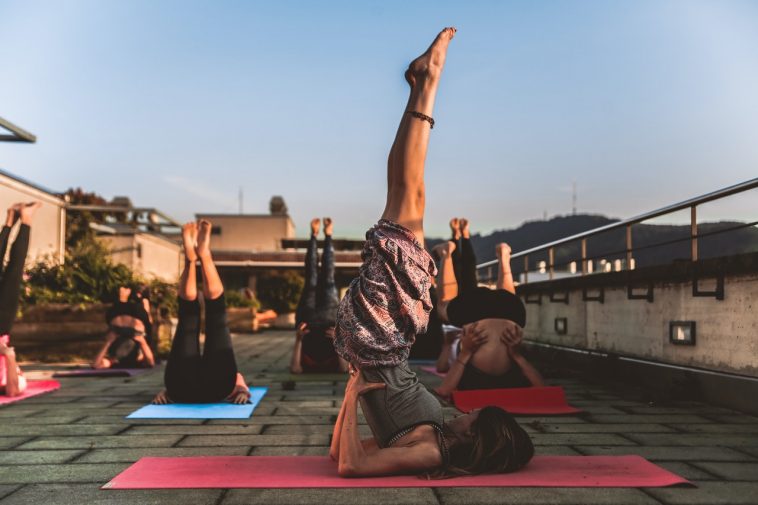In the midst of this pandemic, we are often left to deal with our anxieties using our own devices. With limited allowable movement, we need to be creative in coping with the on-going crisis. It is the best time, then, to try using our bodies to calm our nerves and combat our anxieties in these difficult times. The answer – yoga. In this list, I give you five easy yoga poses you can do to help you deal with the COVID-19 stress.
1. Plank
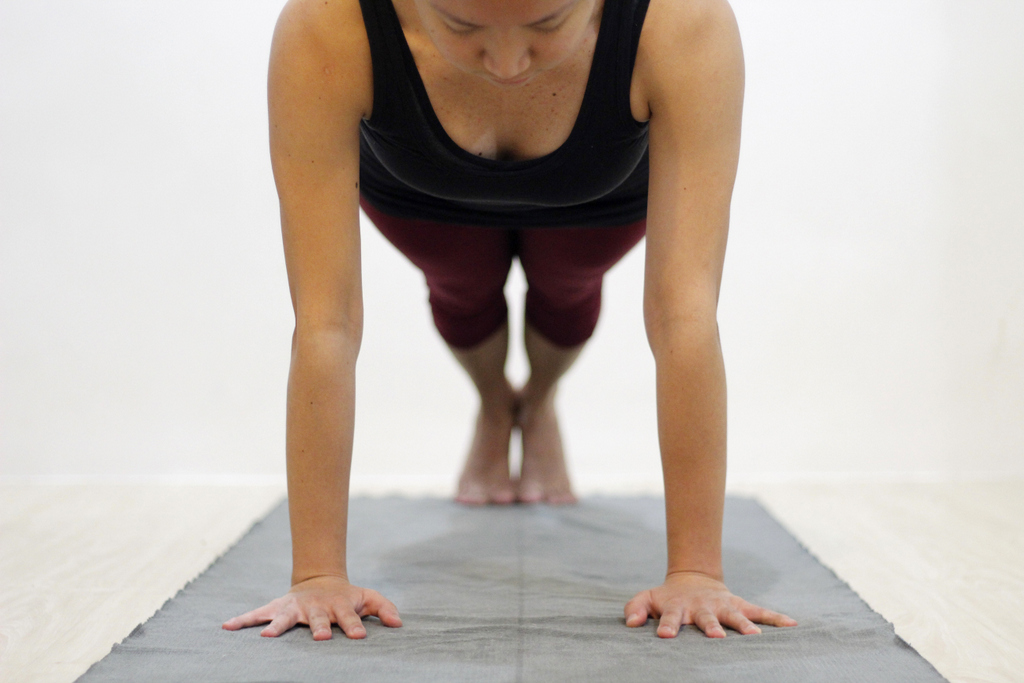
Doing a plank pose works various parts of your body, particularly your core. It encourages the body to stretch and lengthen. Also, when coupled with long deep breaths, this pose helps in releasing tension in rigid muscles and joints. When done properly, this seemingly simple yoga pose will prepare your body for more difficult poses that require strength in the future.
2. Standing and Seated Forward Bends
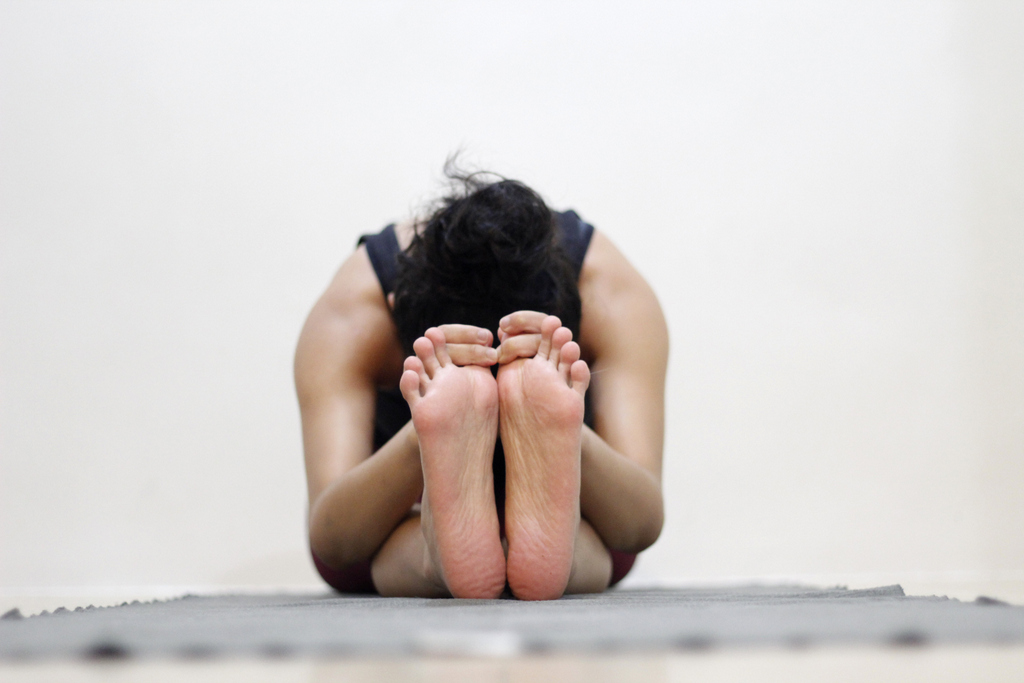
Flexibility is central to the practice of yoga. And, there are practically tens of yoga poses meant to build flexibility in our body. For beginners, standing and seated forward bends are a good introduction to yoga. These poses stretch the back muscles of the torso and legs. It allows practitioners to release the tension on their bodies caused by external and internal stressors.
3. Downward Facing Dog
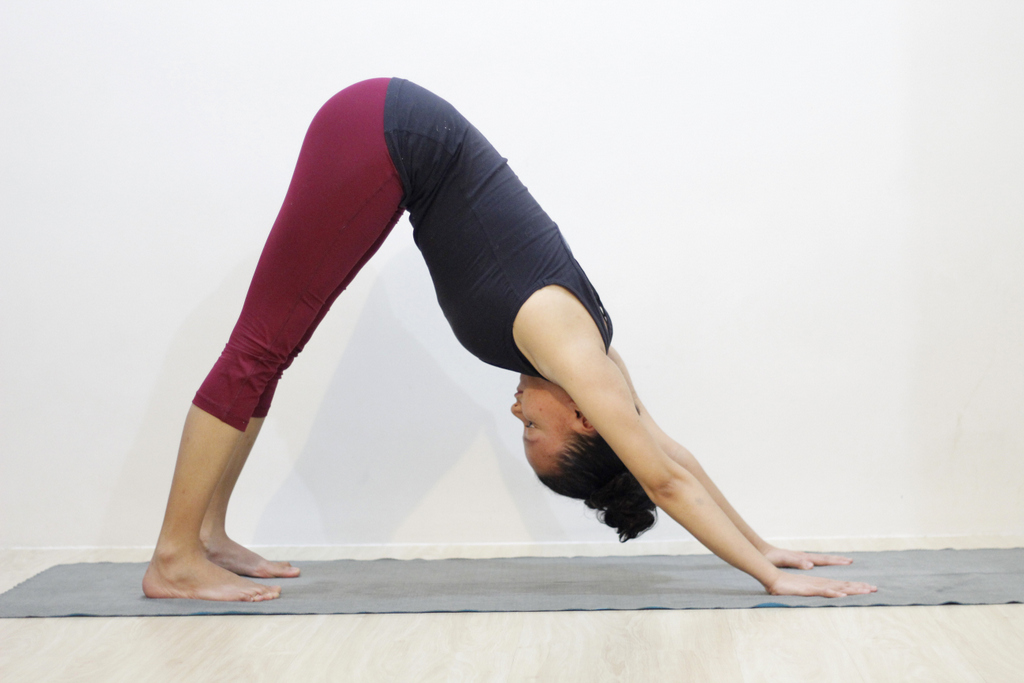
Aside from stretching the spine, this pose relaxes the entire body by bringing blood to the brain. As this happens, practitioners experience a gush of energy. This will then bring focus into your mind, thereby calming your nerves and allowing you to manage your anxieties. It is best to hold this pose for five breaths to make the body experience a calm and peaceful state.
4. Shoulder Stand
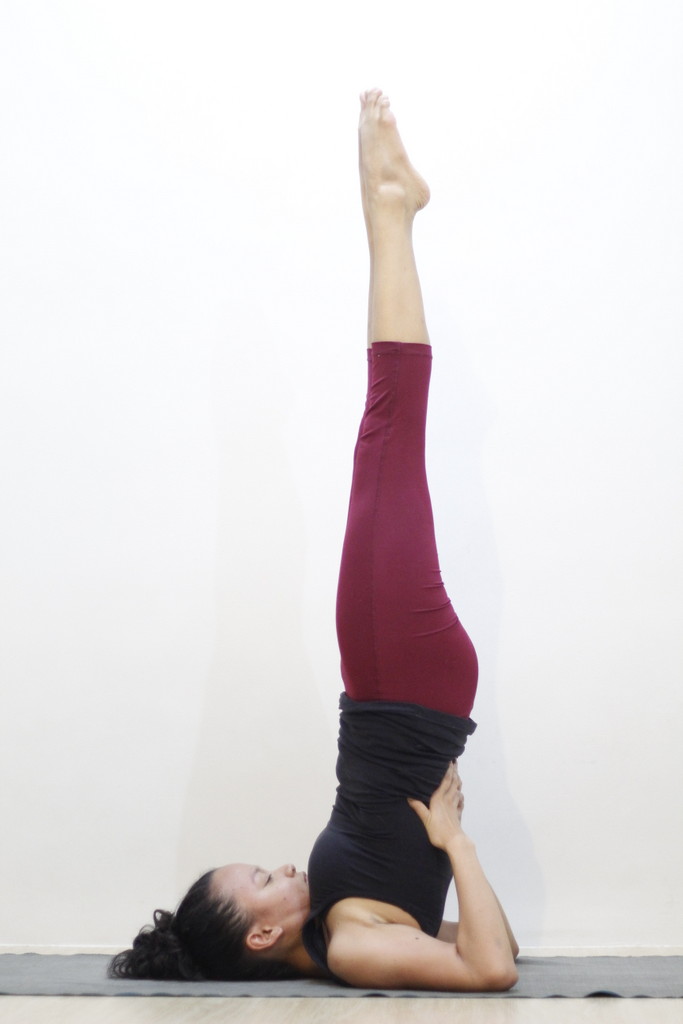
This pose stretches your shoulder and neck. As a result, the parasympathetic system of the body is calmed down. This means the reduction of feelings of irritation, anxiety, and anger. Shoulder stand also lightly activates the muscles of the core and the legs. This light activation is not too strenuous to cause unnecessary stress to our bodies.
5. Pigeon Pose
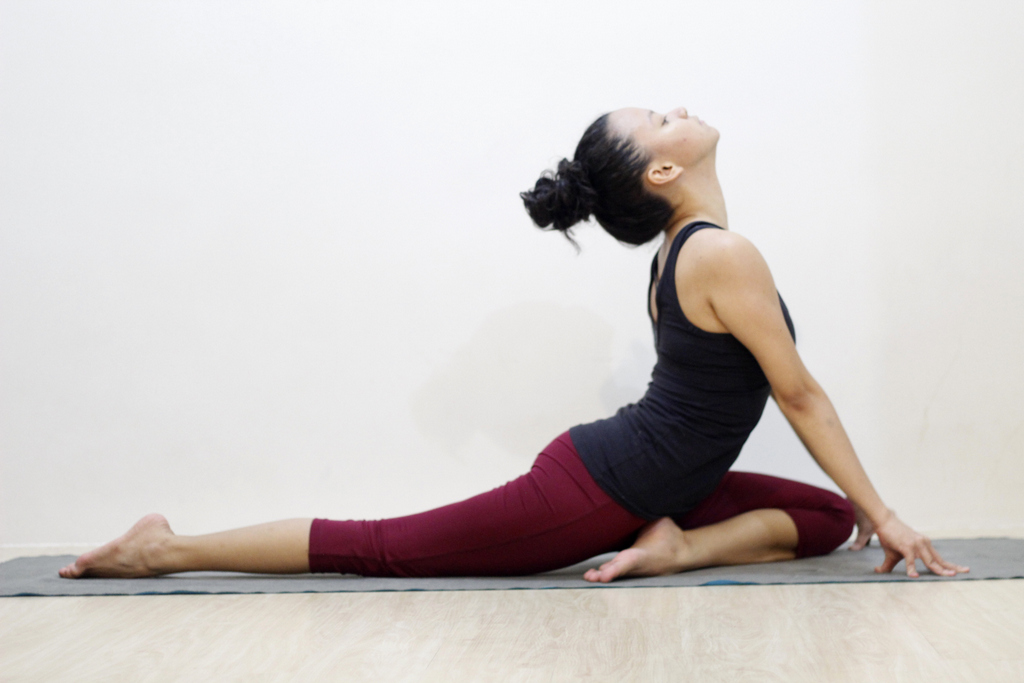
The pigeon pose provides healing and countermovement to the body part that is usually neglected – the back. This pose is a light backbend. It is apt for children and the elderly who may have fragile bone structures. It also facilitates the opening of the hips. Those who have been sitting all day working from home or browsing social media through cell phones can surely benefit from this pose.
Yoga may seem to be difficult, only accessible to physically fit, middle-aged women. But in reality, practicing yoga and its poses helps everybody of any shape or age in recovering from stress and anxiety. In these trying times, yoga is particularly helpful for those who cannot leave their homes to do any physical activity. It is an affordable and accessible form of coping mechanism in this COVID-19 situation. There are even hundreds of online yoga sessions that can guide beginners or professionals in their yoga journey. Let us breathe, meditate, and do yoga!



